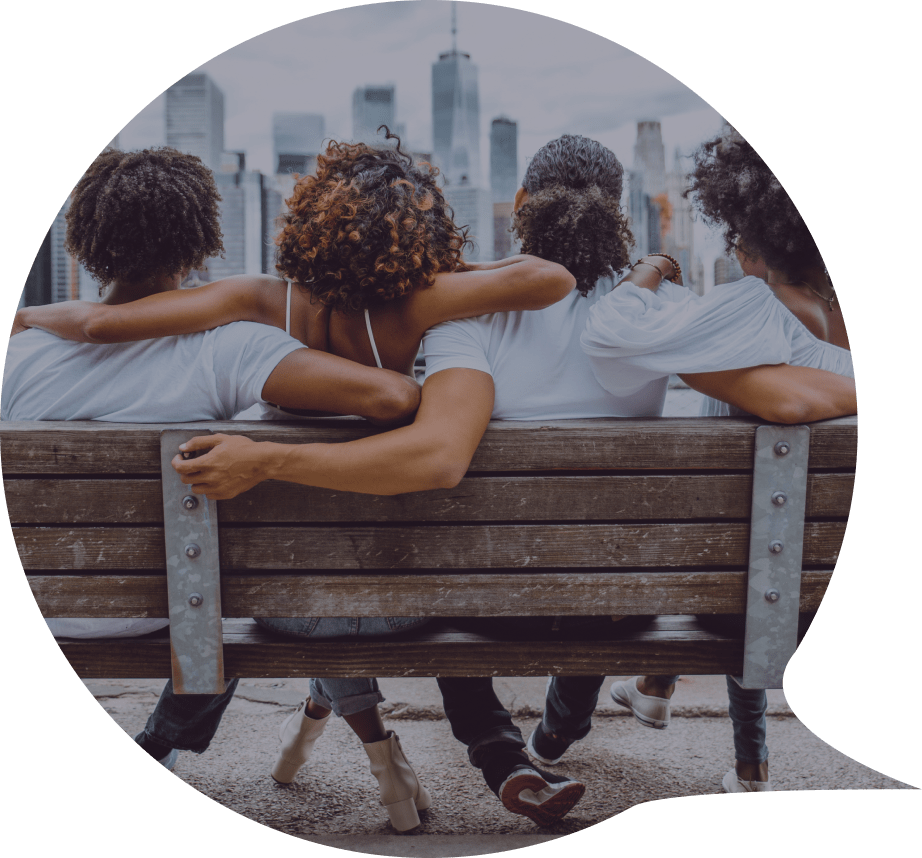
We study data patterns to understand the
The Office of Neighborhood Safety (ONS) within the Mayor's Office of Criminal Justice (MOCJ) collaborated with community partners and an interdisciplinary team of social work scientists for the Neighborhood Navigator initiative.




Our Story
The Neighborhood Navigator initiative sought to develop improved measures of safety and thriving in communities to inform policy and social interventions for criminal justice and community settings. It incorporated community-driven research and community engagement efforts.
As part of this initiative, Columbia University's SAFElab conducted community focus groups and one-on-one interviews in combination with artificial intelligence (AI) techniques to provide short-term and continuous feedback on resident sentiment.
The results will provide policymakers with insight into public sentiments and thoughts about government work and safety, allowing them to respond accordingly.
- Social Media Analysis
- Qualitative Interviews
- Meeting/Focus Group
